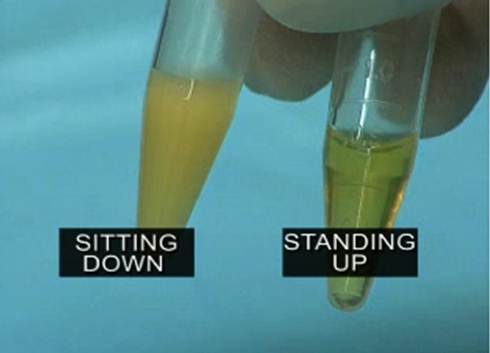I have a large number of half-completed posts and some will go up soon, but I thought I’d put up a note about the storm just so you’ll know what happened in case we lose power and disappear for a few days.
Hurricane Sandy looks to be an unusual storm: not terribly severe winds, but tremendous risk from flooding.
NOAA is projecting the storm will drop 6 inches of rain per day in some locations:
Wave heights are reaching 30 feet on ocean buoys:
The storm will make landfill with a full moon when tides are at their most extreme, so the potential for flooding to storm surges is severe. Widespread flooding means widespread power outages.
In Boston, they’re predicting four days of rain starting in a few hours.
If the rain has you at home looking for entertainment, here’s a very interesting talk by Gabor Maté, the Hungarian-Canadian psychologist (thank you, Kris!):
Be safe everyone!














Recent Comments